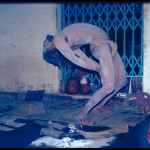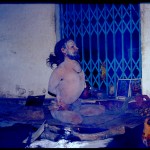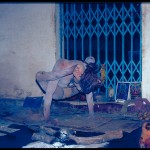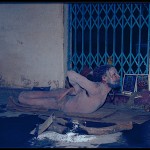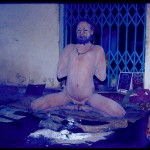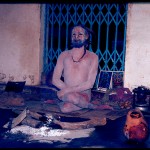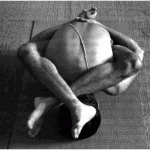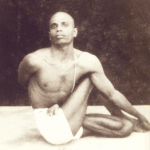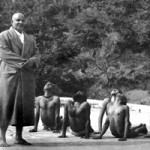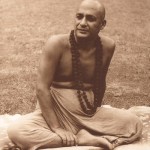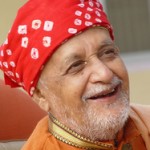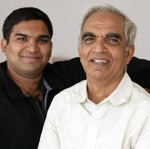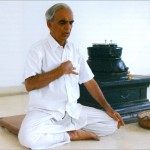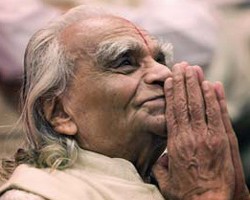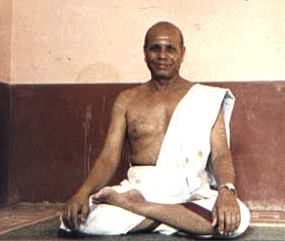Warning: Array to string conversion in /home/ashtangarc/www/wp-content/plugins/carousel-without-jetpack/carousel/jetpack-carousel.php on line 252
Warning: Array to string conversion in /home/ashtangarc/www/wp-content/plugins/carousel-without-jetpack/carousel/jetpack-carousel.php on line 252
Warning: Array to string conversion in /home/ashtangarc/www/wp-content/plugins/carousel-without-jetpack/carousel/jetpack-carousel.php on line 252
Warning: Array to string conversion in /home/ashtangarc/www/wp-content/plugins/carousel-without-jetpack/carousel/jetpack-carousel.php on line 252
Warning: Array to string conversion in /home/ashtangarc/www/wp-content/plugins/carousel-without-jetpack/carousel/jetpack-carousel.php on line 252
Warning: Array to string conversion in /home/ashtangarc/www/wp-content/plugins/carousel-without-jetpack/carousel/jetpack-carousel.php on line 252
Warning: Array to string conversion in /home/ashtangarc/www/wp-content/plugins/carousel-without-jetpack/carousel/jetpack-carousel.php on line 252
Warning: Array to string conversion in /home/ashtangarc/www/wp-content/plugins/carousel-without-jetpack/carousel/jetpack-carousel.php on line 252
Warning: Array to string conversion in /home/ashtangarc/www/wp-content/plugins/carousel-without-jetpack/carousel/jetpack-carousel.php on line 252
Warning: Array to string conversion in /home/ashtangarc/www/wp-content/plugins/carousel-without-jetpack/carousel/jetpack-carousel.php on line 252
Warning: Array to string conversion in /home/ashtangarc/www/wp-content/plugins/carousel-without-jetpack/carousel/jetpack-carousel.php on line 252
Warning: Array to string conversion in /home/ashtangarc/www/wp-content/plugins/carousel-without-jetpack/carousel/jetpack-carousel.php on line 252
Warning: Array to string conversion in /home/ashtangarc/www/wp-content/plugins/carousel-without-jetpack/carousel/jetpack-carousel.php on line 252
Warning: Array to string conversion in /home/ashtangarc/www/wp-content/plugins/carousel-without-jetpack/carousel/jetpack-carousel.php on line 252
Warning: Array to string conversion in /home/ashtangarc/www/wp-content/plugins/carousel-without-jetpack/carousel/jetpack-carousel.php on line 252
Warning: Array to string conversion in /home/ashtangarc/www/wp-content/plugins/carousel-without-jetpack/carousel/jetpack-carousel.php on line 252
When one starts to take an interest in yoga, one is surprised and sometimes overwhelmed by the number of different schools. What does this mean? At what level can I take part in classes?
In certain yoga classes, there is a moment of respite between each posture or between each group of postures. In others, one assembles oneself the chronology of postures, which varies according to different criteria.
- Sannyasin Yogi
- Sannyasin Yogi
- Sannyasin Yogi
- Sannyasin Yogi
- Sannyasin Yogi
- Sannyasin Yogi
We will help you see more clearly.
The different variations all stem from Haṭha Yoga, “Ha” means Sun, “Tha” Moon, “Yoga” means Union. “The search for balance in the union of opposing forces”. This may be one of the most beautiful definitions of our practice.
In the practice of Ashtanga yoga or Yoga Korunta (its original name), the order of postures in each series is immutable. The transitions between each position are interlinked rhythmically and dynamically.
The series of Ashtanga Yoga are presented in an order of increasing difficulty. Before passing on to the next series, it is essential to have mastered the preceding one. Generally, this type of Yoga appeals to those with an open spirit looking for an intense physical and spiritual activity and not afraid of sweating.
- Kurmasana
- Paripurnasana
- Garbha Pindasana
Its principal characteristics are :
- Control of the pelvic floor (Mūlābandha)
- Deep breathing (Ujjãyi)
- Concentration of gaze (Drishti – dṛṣṭi)
- Dynamic movements of transition between the postures (Vinyasa)
Composed of six series, the first is called therapeutic yoga.
You will be encouraged to breathe deeply, to concentrate, and the teacher will correct you.
Following, the various methods of Haṭha Yoga that are best known:
Kripalu Yoga teams the practice of Yoga with consciousness and acceptance of oneself. It is a meditative Yoga, the student executes the postures and movements intuitively according to his needs.
- Sivananda yoga class
- Sivananda yoga class
- Sivananda méditation
Sivānanda Yoga is based on the five following principles: suitable exercises (āsana); correct breathing (āsana); deep relaxation (savāsana); healthy eating (vegetarian) ; positive thought and meditation (vedanta & dhyāna). Very well known thanks to André Van Lysebeth, the series of 12 principal postures unfolds in the opposite sense to the method of Ashtanga Yoga.
Satyananda Yoga or Bihar Yoga takes up several methods: Haṭha, Raja, Karma, Jnāna, Mantra and Bhakti Yoga, as well as other branches of Yoga, very much geared to the aspects of mental Yoga.
Bikram Yoga encompasses a series of 26 postures which are repeated twice in a room heated to 40° Celsius. The heat promotes suppleness, the elimination of toxins and weight loss.
Energy Yoga, of Tibetan origin, insists on the importance of a balance of the energies influencing our physical body. The respiratory work is the key that promotes the training of attention and allows the mind so often distracted and overburdened to relax.
Haṭha Yoga according Eva Ruchpaul is a yoga that purports to be secular and stresses an attitude of interior work rather than one of physical effort. The lesson is based on a rhythm of three: a posture, a period of rest, a breath, a posture… Postures and breath are intimately linked.
Kundalini Yoga is based on the idea that each of us have capital within ourselves “Health, Happiness, Faith” which can grow thanks to the practice encompassing postures, exercises in respiratory techniques, chanting and meditation.
Anusara Yoga is based on the idea that everything is supreme consciousness. Everybody is divine in all his parts, body, thoughts and spirit. It considers the postures of Yoga, practiced in accordance with the universal principles of alignment an expression of the divine.
Viniyoga, developed by the son of Sri Krishnamacharya, Desikachar – “The more we progress in life, the more we transform ourselves, physically, emotionally and intellectually” – is a method meant to integrate these changes in a way adapted to each individual.
Yoga Iyengar is a practice in which one uses numerous props to better accomplish certain postures which allows practitioners to circumvent problems of flexibility. This technique emphasizes alignment and precision of postures.
Power Yoga, developed in the United States, takes up the principal foundations of Ashtanga Yoga but does not follow a predetermined order of postures and series. It is a physical and dynamic training in very aerobic style.
Jivamukti Yoga is a system that is at the same time overtly meditative and very physical like Ashtanga Yoga. During classes, participants practice series of postures punctuated by chants (in Sanskrit), meditations, lectures, discussions, music.
Vinyasa Flow Yoga is a more traditional style of Yoga that respects the original principles of Yoga. Like in Ashtanga Yoga, the pupil adapts little by little to the method, which stays immutable.
etc.
At the Ashtanga Yoga Institute of Brussels, we practice Yoga as expressed by Sri K. Pattabhi Jois “Practice, practice, practice, every day…“

